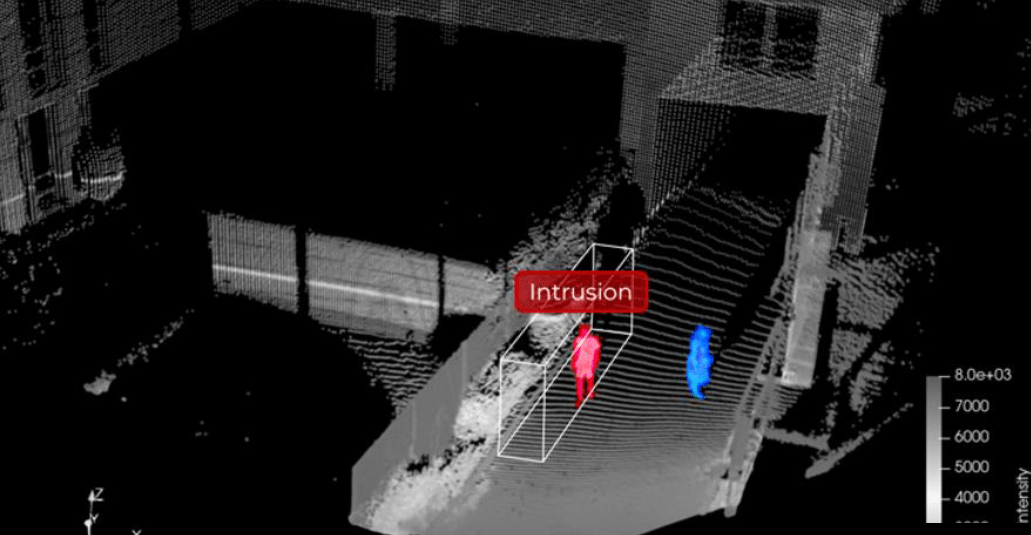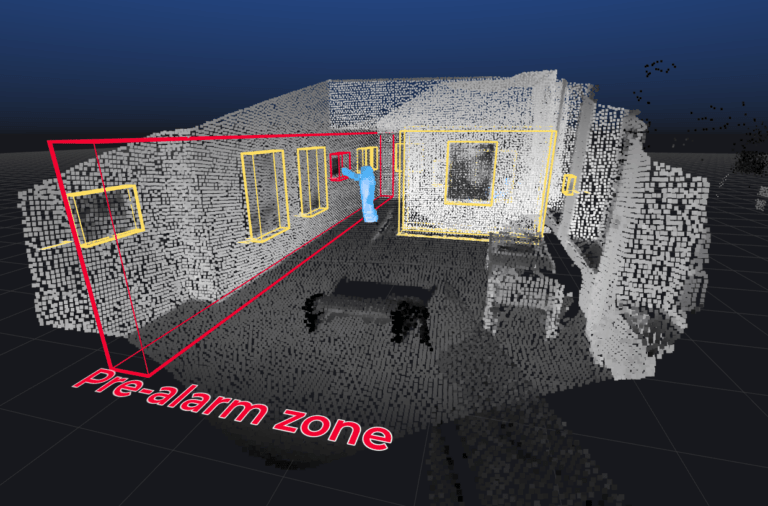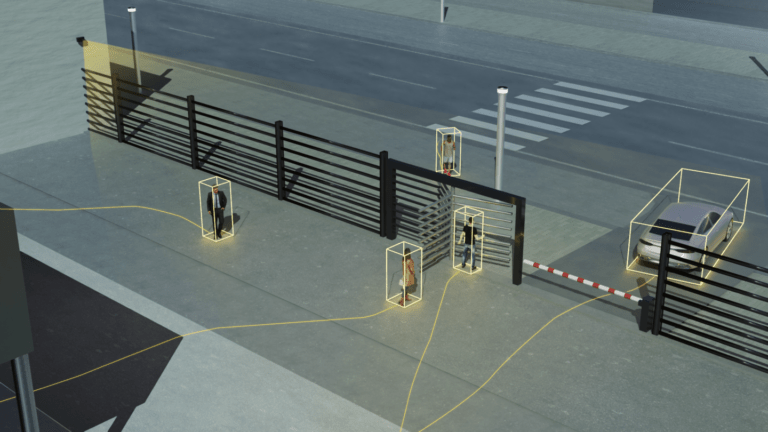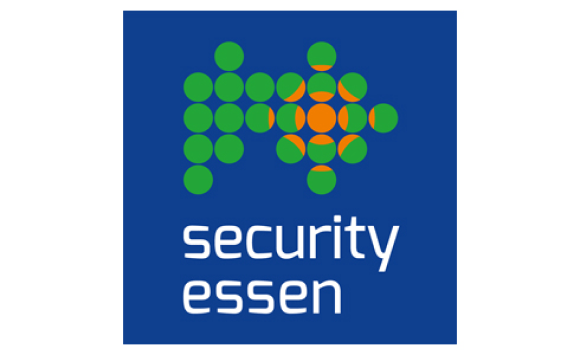Security has always been about keeping up with change. From the earliest locks to today’s intelligent sensors, each generation of technology has reflected the risks and expectations of its time. What feels significant now is how many forces are moving at once. Regulation, geopolitics, market investment, and rapid advances in AI are all reshaping the field in new ways.
In this post, I share the physical security technology trends I am seeing in my day-to-day work as Head of Blickfeld’s Business Unit Security, and how they are shaping the evolution of security worldwide.
1. Escalating Risk Meets Regulatory Mandates
Organizations today face consistently elevated levels of risk. Critical sites and infrastructure are vulnerable to unauthorized access, tampering, or sabotage, and the consequences can be severe. The EU has taken this into account with the NIS2 directive, which expands the definition of “essential” operators, for example to include sectors like waste management and food supply, and raises expectations for resilience, incident reporting, and vendor assurance. It also emphasizes that physical safeguards such as perimeter protection, access control, and surveillance are just as crucial as digital defenses.
NIS2 is only the most visible example of a broader trend. Across Europe and North America, regulators are placing greater focus on site security, operational resilience, and supply chain protection. Risk and regulation are now tightly connected, setting a shared standard for effective security.
In my experience, organizations are also paying closer attention to their security technology partners. Factors such as trust, transparency, and accountability are increasingly considered alongside technical performance. European companies are well positioned here, thanks to development practices and governance structures that already align with EU privacy and cybersecurity standards.
2. Market and Investment Shifts in Security Technology
Eastern Europe has become one of the most dynamic regions in the global security market. Domestic industries are scaling quickly, fueled by rising expertise, stronger regional demand, and supportive government priorities. This momentum is creating attractive opportunities for Western European suppliers while giving rise to a new generation of capable local players. For international companies, this means it is now possible to build meaningful partnerships with regional firms while expanding reach into previously underdeveloped markets. The result is an environment where collaboration sparks physical security innovation and competition raises the bar for quality and resilience.
Within the overall security market, revenue is shifting toward defense-related areas, such as protecting military installations. Since 2022, defense spending has surged, with many governments prioritizing investments that strengthen resilience at critical sites. I expect that innovations developed in defense contexts, such as resilient communications or drone technology, will gradually influence civilian security solutions as they become more mature and accessible.
3. AI and Volumetric Detection Driving Smarter Security
Artificial Intelligence is widely discussed and holds the potential to reshape physical security technology trends. Today, AI is particularly effective in low- and mid-segment applications, where it can classify objects and detect patterns based on trained data, such as distinguishing vehicles, animals, or people in video feeds. This reduces operational costs and automates routine monitoring tasks.
However, AI’s reliance on training data creates limitations in high-security environments. Security systems must anticipate unusual or adversarial behavior, such as someone attempting to bypass detection or deliberately confuse the system. Here, volumetric detection plays a crucial role. By measuring shape, size, and movement in three dimensions, volumetric sensing delivers reliable results that do not depend on previously learned scenarios.
The complementary strengths of AI and volumetric detection suggest that a combined approach is highly effective. AI offers efficiency and classification, while volumetric detection ensures resilience against manipulation and unexpected scenarios.
What is Volumetric Detection?
Volumetric detection monitors an entire three-dimensional space, capturing movement and object presence across width, height, and depth.
3D LiDAR sensors, like Blickfeld’s QbProtect, generate precise 3D point clouds that record object size, shape, and movement. Virtual 3D security zones can be defined to trigger alerts only for relevant activity.
Key benefits:
– Reliable coverage of complex spaces means no blind spots, giving security teams clear and actionable insights.
– Object-size detection ensures the system focuses on real threats, not small animals or irrelevant items.
– Fewer false alarms from changing light or background movement reduces unnecessary interventions and operator fatigue.
4. From Centralized to Autonomous Security Systems
The architecture of security systems is evolving from centralized models toward distributed, autonomous designs. Modern sensors and cameras increasingly process information on the device itself rather than sending data to a control room. This edge-based approach reduces latency, avoids single points of failure, and limits the attack surface for cyber threats.
The benefits extend to resilience and scalability. If one unit is disrupted, the rest of the system continues to function, and expansions can be made with minimal complexity. Advances in compact, energy-efficient processors now provide computational power that only centralized systems could deliver just a few years ago. While many deployments still combine local analysis with centralized oversight, the trend is clearly toward networks where intelligence is distributed across every node.
5. Data Privacy as a Competitive Factor
Security is increasingly expected to go hand in hand with privacy. Regulations such as GDPR in Europe, CCPA in the United States, and data protection laws across Asia-Pacific require surveillance technologies to respect personal rights. Traditional video systems are under greater scrutiny for collecting more personal data than necessary.
Privacy-friendly sensing is becoming a key differentiator. Technologies that detect volumes, movements, or other non-identifying features, such as LiDAR, which measures distances and shapes rather than capturing personal characteristics, allow organizations to gain actionable insights while remaining compliant. Some cameras also include filters that make people unidentifiable while still monitoring activity, further supporting compliance and trust. From what I see, solutions like these are in growing demand globally, particularly in public infrastructure and corporate environments where balancing security and privacy is a competitive advantage.
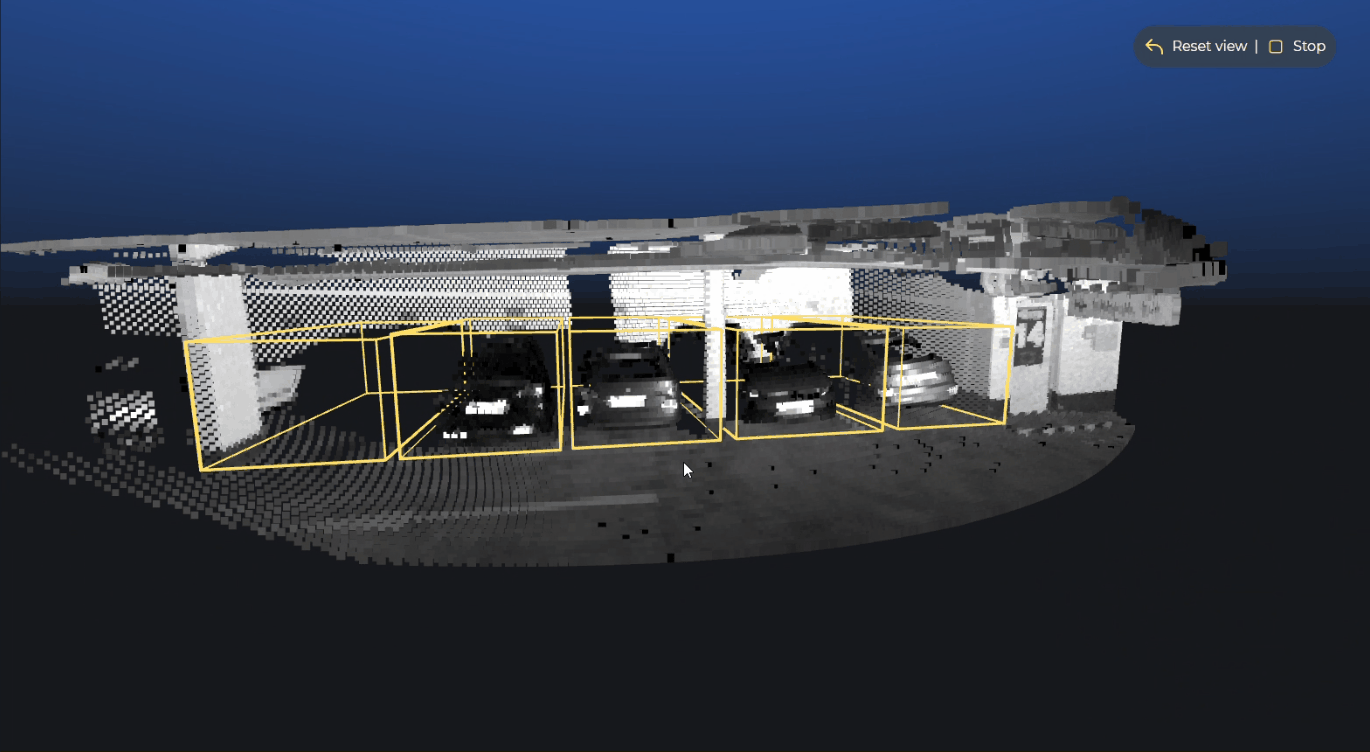
Looking Ahead
The physical security landscape is evolving faster than ever. Rising risks, tighter regulations, and technological breakthroughs are all shaping how organizations protect their people and assets. Trends such as volumetric detection, autonomous systems, AI, and privacy-conscious sensing are not just innovations, they are responses to the pressures and opportunities of 2025 and beyond.
From my perspective, understanding these physical security technology trends and adopting solutions that are resilient, efficient, and trustworthy is essential for staying ahead of emerging threats while delivering effective and responsible protection.

